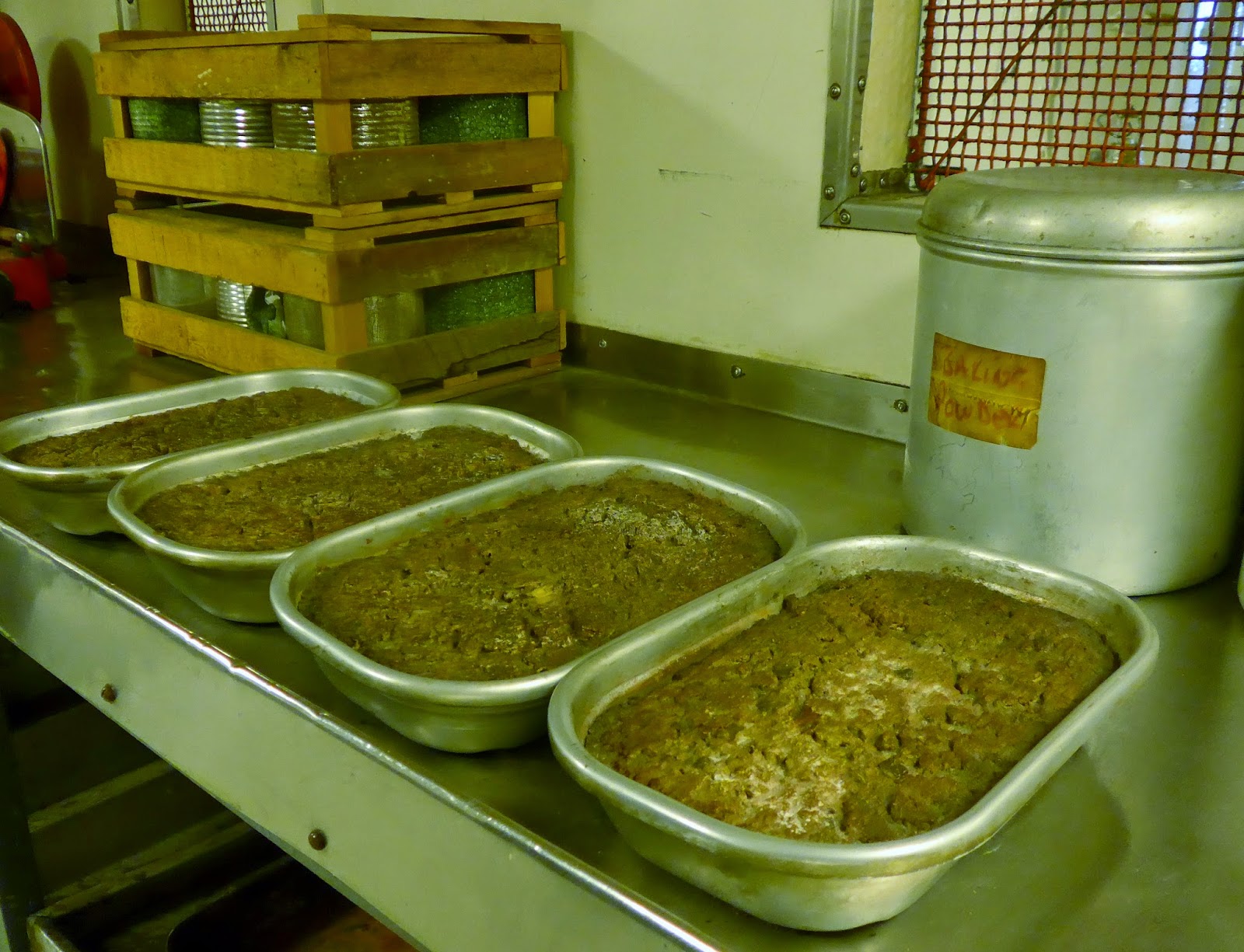Babysitter booked, we headed here for a night out.
"A museum for a night out?"
"Yes."
I had it all planned, a perfect night out, appealing to civil engineer and museologist alike.
The perfect blend.
And it was...
We were welcomed with signs.
Road signs...
Heritage signs....
And refreshment signs...
With a Lavender Bees Knees in hand, we were invited into the underground chamber,
into the shaft that Brunel built in Rotherhithe to access the
"oldest tunnel in the oldest underground in the world, under the Thames."
That tunnel, since 2010, is now part of the London Overground,
and we could hear trains passing through underneath our feet.
Access into the tunnel was tricky.
Before you stooped through the 4ft high door,
you had to climb over a wall with small rungs set into it.
But our guide was on hand with top health and safety advice,
"Stoop low but believe! Left hand, right foot, spin, one, two, three, down."
Sorted!
Then descend into the chamber, "half the size of Shakespeare's Globe."
On the walls you can see reminders of times gone by.
Those grooves in the wall were where the stairs once were.
"See those two people in silhouette halfway down, that's where we are now."
Photographic evidence that the door really was small.
The story of the Thames tunnel includes...
...engineering
This southern pedestrian entrance to the tunnel was built using the world's first caisson.
The tunnel was designed to take cargo under a very busy Thames,
accommodating around 3,000 ships every day,
but they ran out of money to build the shafts needed for the horse-and-carts.
...fundraising and marketing.
With only the pedestrian access finished,
they opened the tunnel as a visitor attraction to fundraise for the next stage of the build.
For the public in 1843, the idea of walking through a tunnel under the Thames was,
"science fiction, like walking on the moon."
Only those who had the nerve to pass under the Thames did so,
and bought souvenirs to prove that they had actually
been there and done that!
... and years of manual labour.
Men in Brunel's Cutting Shield, each excavating in their own area by hand,
inching under the River Thames with short-handled spades.
This was all Marc's idea you know, he was the brains behind it,
his son Isambard was the resident engineer.
Back to our night out...
The Brunel Museum have created a beautiful roof-top garden on top of the shaft.
Which is open every Saturday evening during the summer.
For cocktails made using herbs from the garden
made by the Cocktail Gardener, Midnight Apothecary.
With live music.
And a fire to sit beside and have the finer points of engineering explained to you.
"They built that caisson above ground and by digging away underneath,
they gradually sank it."
I have to admit, I am impressed.
Pioneering engineering, museum, cocktails, garden, live music, history, food, marshmallows, stories of drowning, banquets, world's firsts and souvenir hunting.
What's not to love?
A great night out,
here in Rotherhithe, South East London.
The Brunel Museum is open every day
and has regular special events and late night openings.
As this dual-layer peep show shows,
the Brunel Museum tells the story of father and son, Marc and Isambard Kingdom Brunel,
who saw a busy River Thames...
...and set out to cross it by tunnelling underneath.

















































